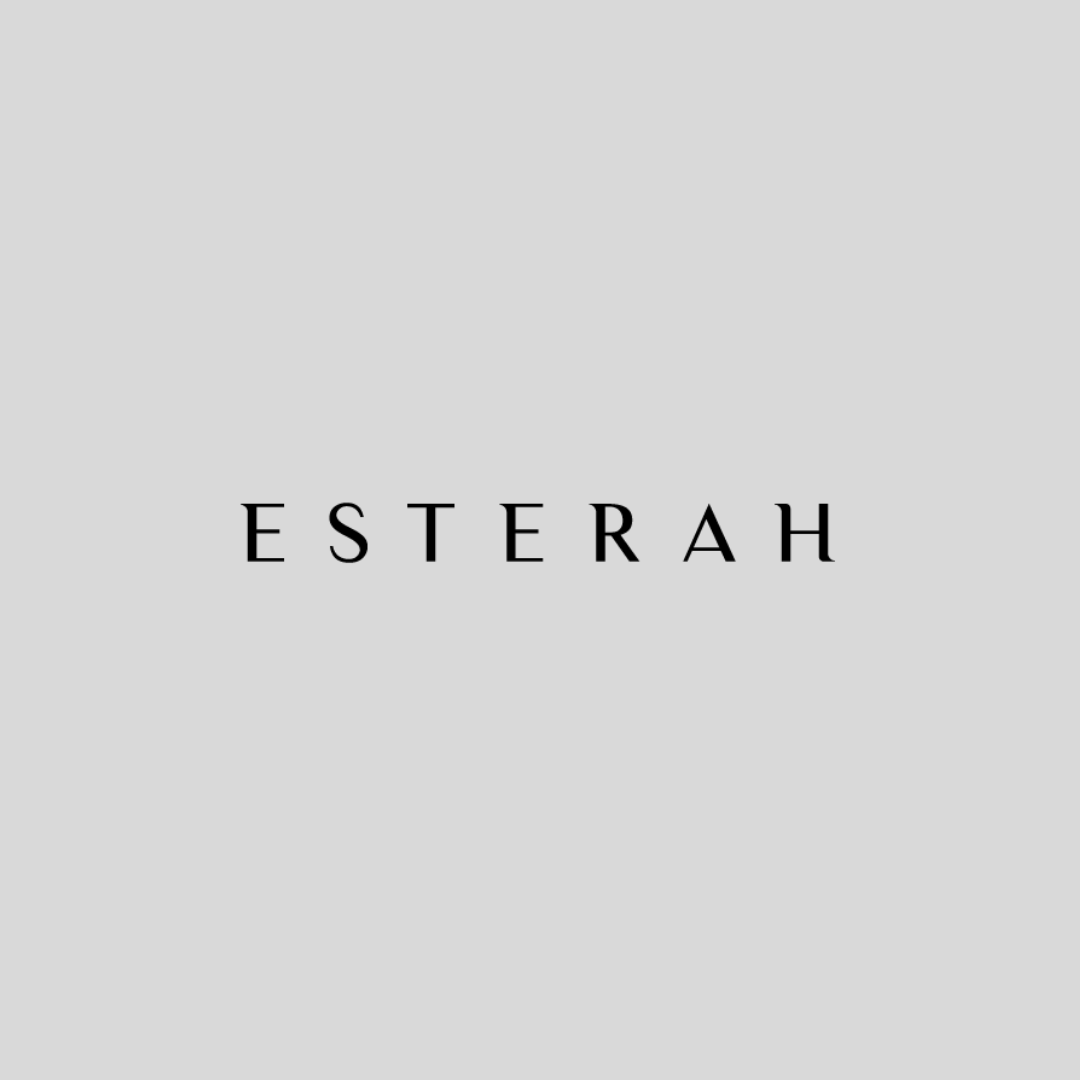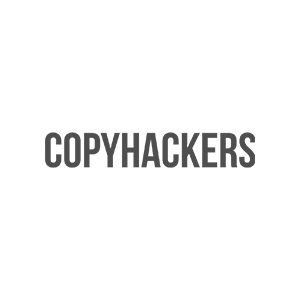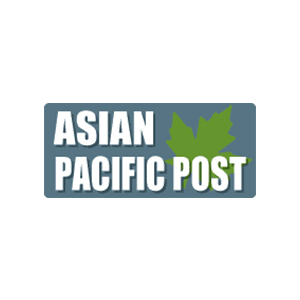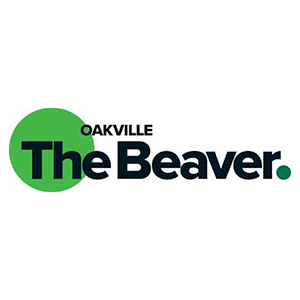
The past few months have been packaging-intensive.
I’ve written and proofed copy for several natural health products including Heavenly Sleep, Natural Calm, and SuperLeaf Moringa. In the process, I’ve put together two checklists based on lessons learned.
Because when it comes to writing copy for packaging, there’s no room for error. Get it right the first time by using these checklists.
The first checklist is a guideline for proofing natural health product packaging.
It’s amazing how checking the barcode or the NPN number can slip when you’re focused on other aspects, like the layout or the packaging copy itself. Don’t approve final packaging art without a checklist!
The second checklist is an end-to-end packaging design and production process, specifically for natural health products in Canada. It illustrates how copywriting fits into the complete process.
It’s astonishing how many steps there are to finalizing a package. And the lead times are always longer than you imagined.
Just to have a pouch printed, like the one pictured below, takes about 30 business days.
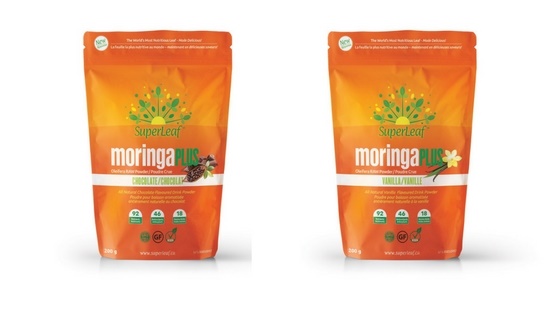
If parts of your packaging are sourced overseas, the lead times can be even longer.
So, start early. Give your team plenty of time to be thoughtful and review details.
The price of packaging errors is too high… but it’s not just about mistakes.
Your package copywriting should be strategic. It should give you an advantage over the competition.
If you rush the process, you can miss out on the chance to create a package that stands out on shelves and sells more product.
More on messaging strategy below, but first…
Natural Health Product Packaging Must-Haves
When you’re faced with a blank screen and need to fill it with packaging copy, where do you start? It helps to have a checklist.
Many of the essential elements squeeze out room for your persuasive sales copy, so you need to know what space you’re working with.
The packaging copy basics:
- Logo
- Product name, if different from the product description
- Product description: what it is, in plain language
- Barcode
- NPN number/product number
- Weight/volume and optionally the number of servings or supply in days
- Distributed by/Imported by address and phone number
- Medicinal ingredients
- Non-medicinal ingredients
- Recommended dose
- Nutritional Facts Table (if applicable)
- The dose (make it easy by including common kitchen equivalents, not just weight/volume)
- Directions for use
- Cautions/warnings/contraindications
- Known adverse reactions
Cross-check this list with the regulatory requirements of your governing body. (Health Canada here, the FDA for our US clients.)
As a copywriter, I’d never try to be a regulatory expert. That’s why rely on input from my clients’ regulatory consultants.
Sales copy elements your package should include:
Once you have the essentials, above, the persuasive copy is the fun part.
Make sure to include:
- Benefits (e.g. “No Bloating”)
- Features (e.g. “Fermented”)
- Reasons to Believe or proofs (e.g. “Award-Winning”)
Which benefits, features and reasons to believe should you feature? It depends on your audience’s stage of awareness and the alternatives to your product.
(Learn more about tapping into customer insight in this post on voice-of-the-customer.)
And this part is trickier… but so essential.
Your package should concisely but clearly convey why your product is different or better than the alternatives… for your ideal customer.
Remember. Your consumer is probably encountering your package on a crowded shelf or a busy digital landscape.
They have choices. How can you make your product the obvious choice?
(Not sure? Check out this interview with Suzie Yorke of Love Good Fats.)
Questions about persuasive packaging copy? Drop me a line and I’m happy to discuss.
But let’s move on to what it takes to get your package to the finish line.
Steps to Getting Your Product Packaging Finalized
Some of these steps precede writing the packaging copy or happen in parallel. These steps should give you an idea of the entire packaging creation process, of which copywriting is a key part.
1. Define your product positioning
This is the basic step for all marketing and product development, but we can’t forget it here. If you’re not sure of your product positioning, again, you can learn from Suzie Yorke.
And we can help engineer your brand’s Conversion Copy DNA – a guide to brand messaging that converts.
Assuming you’ve got this, you can move on…
2. Determine packaging specs:
- What are the standards in the industry for this type of product?
- What are the freshness/product preservation requirements?
- Does it need to be protected from light?
- How can contamination be minimized?
- Is it sensitive to oxygen degradation?
- Is it sensitive to humidity?
- Are there any additional elements that can be added to help the consumer make the best use of the product? e.g. a peel-off recipe
- The above will inform:
Nature of packaging materials
Size/dimensions
Inner/outer packaging requirements
Additional items: scoop/measuring utensil, oxygen absorber pouches, other
- The above will inform:
3. Contract with packaging partners:
Key players will usually include a packaging manufacturer, co-packer (to fill the package), packaging designer, copywriter and potentially a regulatory consultant.
You may also need to procure additional items not provided by the packaging manufacturer. These might include oxygen absorbers, scoops, any internal packaging elements.
- Brief candidates on scope of work, quantities, deadlines
- Obtain quotes
- Negotiate details
- Prepare and issue Purchase Order
- Make deposit, if required
- Obtain dielines from the packaging manufacturer (your designer will need them)
4. Confirm the packaging content essentials
You’re going to need:
- The barcode and SKU
- If your product is a licensed Natural Health Product, you’ll need to review the product license and extract the necessary copy from the following:
- Product number/NPN
- Recommended dose
- Recommended use
- Cautions and warnings
- Known adverse reactions
- Medicinal ingredients
- Non-medicinal ingredients
- Again, check regulatory guidelines to confirm what you must include and what claims you can legally make
- Confirm medicinal and non-medicinal ingredients with manufacturer
- Request status certificates from the manufacturer on the following (Pay for tests to confirm status, if required.):
- Vegan
- Non-GMO
- Gluten-free
- Certified organic
- Kosher
- Nut-free/allergen-free
- Other
5. Draft the packaging copy:
Based on all of the above, go ahead and draft the product packaging copy.
You’re aiming for factual and comprehensive, but persuasive and exciting. Your ideal prospect should be able to tell from the front of your package whether it’s for them and why.
Copy on the back and/or sides should build out the benefits, features and reasons to believe.
6. Review and finalize copy:
At this stage, your copy is in a document or a low-fi wireframe. It’s pre-design.
Before you send it out to the package designers, the copy should be reviewed by several people, including the:
- Brand marketing team
- Copywriter
- Editor
- Product development project lead and/or operations lead
- Ideal customers who haven’t been involved in the process
A regulatory review can be key at this stage, too, to make sure your packaging copy is compliant with government regulations, for example, Canada’s labeling requirements.
Health Canada can pull products from shelves if the copy isn’t compliant. (It hasn’t happened to me or my clients, but it does happen.)
7. Obtain translations, if necessary:
Packaging copy good to go? If you sell in a bilingual country or internationally, work with a translator who will be there for reviews and edits at every stage.
8. Prepare and present a creative brief to the packaging design company. This should include:
- Final copy + any translated versions
- Any brand guidelines, including palette, fonts, logo usage
- Any jpegs that must be included, e.g. logo, icons
- Creative specifications, e.g. the ‘look’ (ideally illustrated by examples from other packaging)
- Briefing on the personality of the brand, the target audience, the marketing strategy, what about the product is different/new and should be highlighted, what competitors you should stand out from, visually
9. Review drafts of packaging art:
Our focus here is on the copywriting, so we won’t go deeply into what you should look for in package design. Design experts know better.
I’d recommend you have the design team send a physical mock-up or actual-size print-out. Don’t squint at your screen – it’s just not the same.
In reviewing a packaging design as a copywriter, here’s what I look for:
- Gut check: Is the package appealing on the first impression? You may not know design principles, but you know if it feels right or wrong.
- Clarity: Do all of the elements work together to convey a clear idea?
- Hierarchy: Are the most important messages give priority and the least important in less obvious places?
- Legibility: Sometimes we get the design file back and realize the copy isn’t easy to read. You may have to adjust the font.
Others who should review the package include the:
- Brand marketing team
- Translator
- Product development project lead and/or operations lead
- Packaging manufacturer
- Product manufacturer
- Regulatory consultant
- Ideal customers with fresh eyes
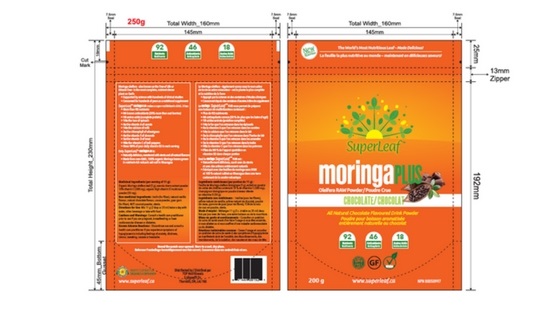
10. Finalize the packaging:
At this stage you’ll need to:
- Sign-off on final packaging art
- Issue final art on dielines to the packaging manufacturer
- Review and sign-off on proofs from packaging manufacturer
- Arrange shipment of finished packaging to product manufacturer/co-packer
Lots of steps. And these can be broken down further.
While mistakes in digital copy can be fixed instantly, packaging mistakes are costly.
But if you follow a process like the one above, the day your finished product arrives can be very exciting. Seeing the art and copy come together in a physical product is such a fulfilling moment.
Looking to hire an experienced CPG packaging copywriter?
Packaging copywriting is a specialty… just like landing pages, emails, ads and websites are, too.
But what they all have in common?
Persuasive copy delivers the right message for the right context, adapted to the right format…Without losing sight of your brand’s core identity. Your positioning.
The world’s biggest CPG brands have this nailed down to a science.
But many brands don’t. And that makes it hard for copywriters, other creatives and marketers to know your message, stay on script and reinforce your point of difference.
What brand messaging do you need? There’s a core set that we call your Conversion Copy DNA.
Whether you’re writing packaging, a website or a social media post… your brand’s messaging DNA is the source code.
Questions on how to get your brand messaging nailed down? Or how to write high-converting packaging copy? Reach out.







